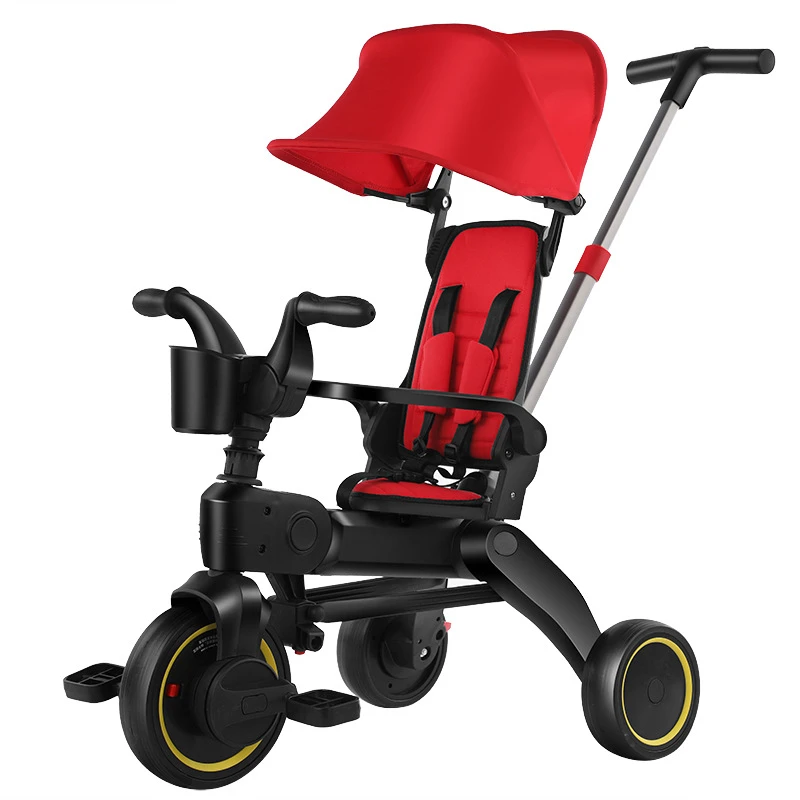Best Training Bikes for Kids to Enhance Their Cycling Skills
The Importance of Training Bikes for Kids A Pathway to Balance and Confidence
In the journey of childhood development, riding a bike offers invaluable lessons that go beyond simple transportation. Among the various bicycles available, training bikes—often referred to as balance bikes—have emerged as a popular choice for young children learning to ride. These bikes, designed without pedals, enable kids to focus on balancing rather than pedaling, laying a strong foundation for future cycling. This article explores the benefits of training bikes and their role in fostering confidence, balance, and physical fitness in children.
The Concept of Training Bikes
Training bikes are typically designed for children aged 18 months to five years old. They feature a lightweight frame, two wheels, and an adjustable seat, allowing kids to easily hop on and off. Unlike traditional bicycles, training bikes lack pedals, which encourages children to use their feet to push off the ground. This design helps them develop the essential skill of balance without the fear of falling that often accompanies learning to pedal.
Confidence Building
One of the primary benefits of training bikes is the boost in confidence they provide. Learning to ride can be a daunting task for many children, and falls are an inevitable part of the process. However, with a training bike, kids gain the opportunity to develop their skills in a safe and controlled environment. As they practice balancing and gliding, they become more comfortable on two wheels. This gradual progression not only teaches them how to ride but also instills a sense of accomplishment that translates to other areas of their lives.
Enhancing Motor Skills
Riding a training bike is not just about balance; it significantly enhances gross motor skills. Kids learn to coordinate their body movements as they push off, steer, and glide. These actions require the use of various muscle groups, thereby improving strength and coordination. The process of balancing on two wheels engages the core muscles and strengthens the legs, setting a solid foundation for more strenuous physical activities in the future.
kids training bike

Encouraging Outdoor Play
In today’s digital age, children often find themselves glued to screens, leading to a more sedentary lifestyle. Training bikes encourage outdoor play, providing a fun and engaging way for kids to explore their surroundings. Riding offers an opportunity to connect with nature, meet other children, and develop social skills through shared experiences. Parents can take this chance to enjoy outdoor activities together, fostering family bonding and promoting a healthy lifestyle.
Preparing for Traditional Bicycles
After mastering the training bike, transitioning to a traditional bicycle becomes a seamless process. Children who have learned to balance on a training bike tend to adapt quickly to pedaling and steering, significantly reducing the time and frustration often associated with traditional bike training. This early exposure to cycling sets the stage for lifelong habits—instilling an appreciation for biking that can last well into adulthood.
Safety Considerations
While training bikes are generally safe, parents should ensure their children wear appropriate safety gear such as helmets, knee pads, and elbow pads during their rides. Teaching kids the importance of safety while riding will instill responsible habits they can carry with them as they grow older. Additionally, selecting the right bike size is crucial; a properly fitting bike allows children to touch the ground with their feet, providing a sense of security as they learn.
Conclusion
In summary, training bikes serve as an excellent introduction to the world of cycling for young children. They promote balance, coordination, confidence, and physical fitness, all while encouraging outdoor activity. As kids navigate their surroundings on two wheels, they develop essential life skills that extend well beyond cycling. Whether it’s learning to balance, developing motor skills, or fostering a love for outdoor play, training bikes offer a multitude of benefits that contribute to a child’s overall growth and development. Investing in a training bike can be one of the best decisions a parent makes, providing their child with the tools to embark on a journey of exploration, freedom, and joy—one ride at a time.
-
kids-scooter-tiny-olympic-games-scooterathlonNewsAug.22,2025
-
kids-scooter-waves-xingtai-zhongzhous-global-rippleNewsAug.22,2025
-
baby-tricycle-oem-legacy-zhongzhou-forgedNewsAug.22,2025
-
xingtais-twin-tricycle-revolution-siblings-ride-togetherNewsAug.22,2025
-
baby-tricycle-design-inspired-by-ancient-armorNewsAug.22,2025
-
nfc-chip-enabled-oem-baby-tricycle-trackingNewsAug.22,2025
-
The Perfect Baby TricycleNewsAug.11,2025








